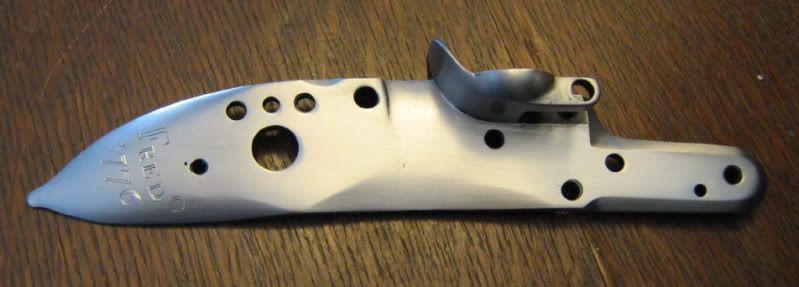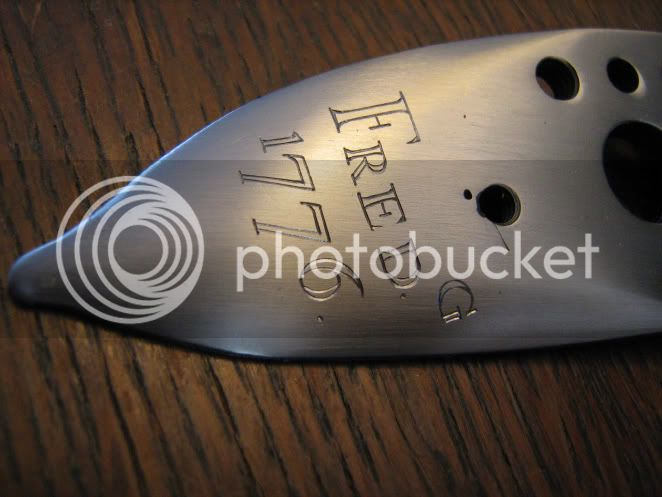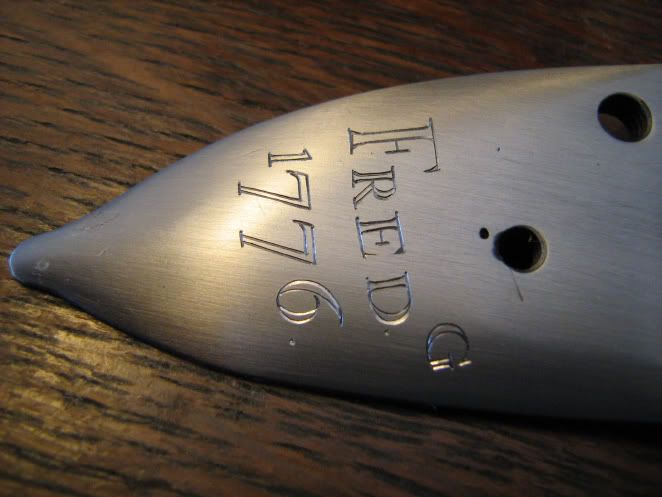Many Klatch,
The British were also trained to aim and fire at targets, this is a common misconception (a reenactorism). There are numerous original accounts of deliberate aiming with long and short land pattern muskets.
YMH&OS
Ron M.
The British were also trained to aim and fire at targets, this is a common misconception (a reenactorism). There are numerous original accounts of deliberate aiming with long and short land pattern muskets.
YMH&OS
Ron M.







